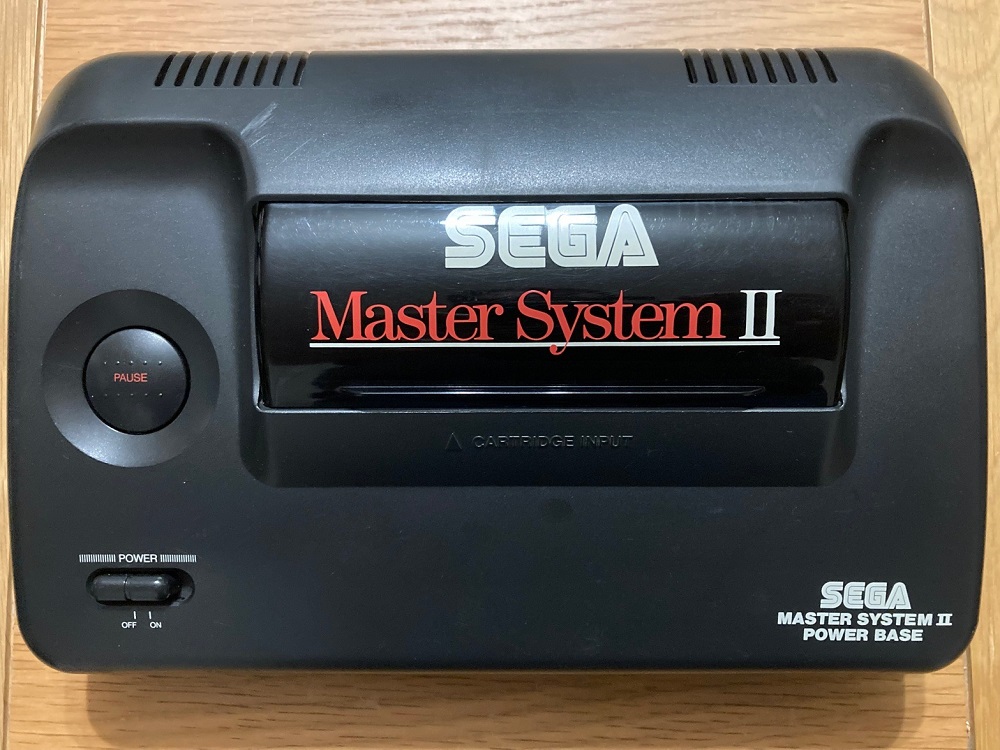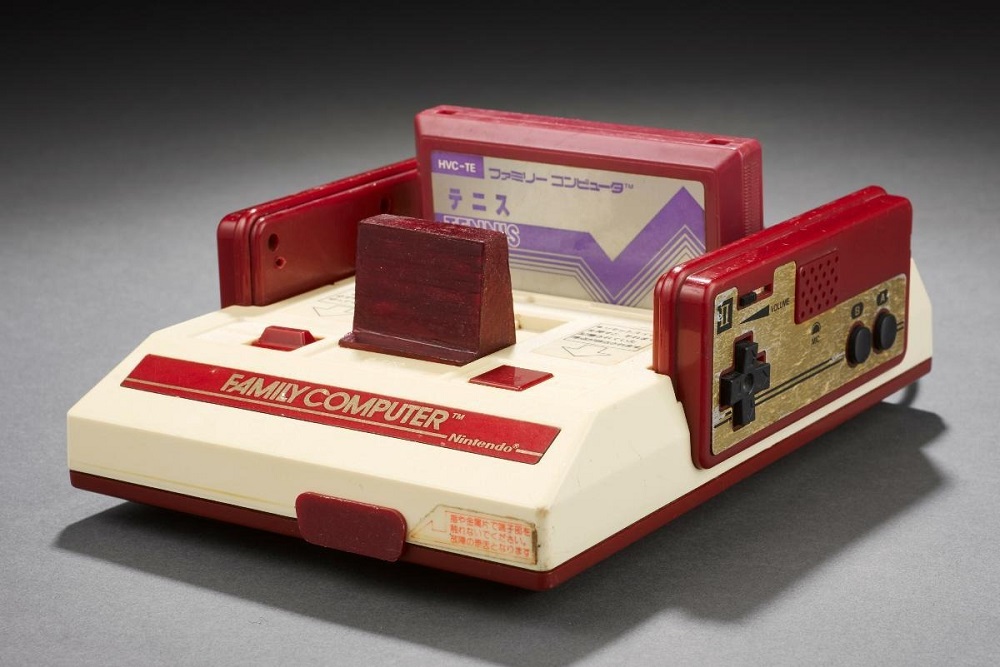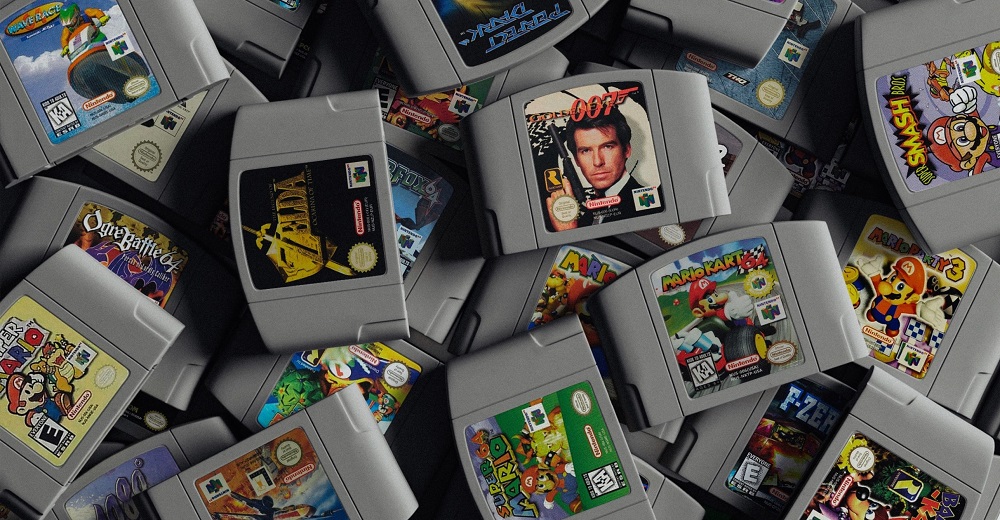In the late 1980s, video gaming was ruled by one name: Nintendo. But as the NES dominated living rooms across the globe, a fierce challenger emerged from Japan—Sega, with its sleek and powerful Master System. While it never outsold Nintendo’s behemoth in the West, the Sega Master System brought genuine innovation, powerful hardware, and an aggressive marketing approach that redefined the console war.

This is the story of how the Sega Master System dared to challenge Nintendo—and how it left its own mark in retro gaming history.
The Console Wars Begin: Context of the 8-bit Era
By 1985, Nintendo Entertainment System (NES) had resurrected the American video game industry after the crash of 1983. Bundled with Super Mario Bros., the NES became a cultural sensation and dominated the market in Japan and the United States.
Sega, known for its arcade successes like Hang-On and Space Harrier, entered the console business with the SG-1000 in 1983. But it wasn’t until 1985 that Sega made its real move with the Sega Mark III, rebranded for Western audiences in 1986 as the Sega Master System (SMS).
Technical Superiority Over the NES
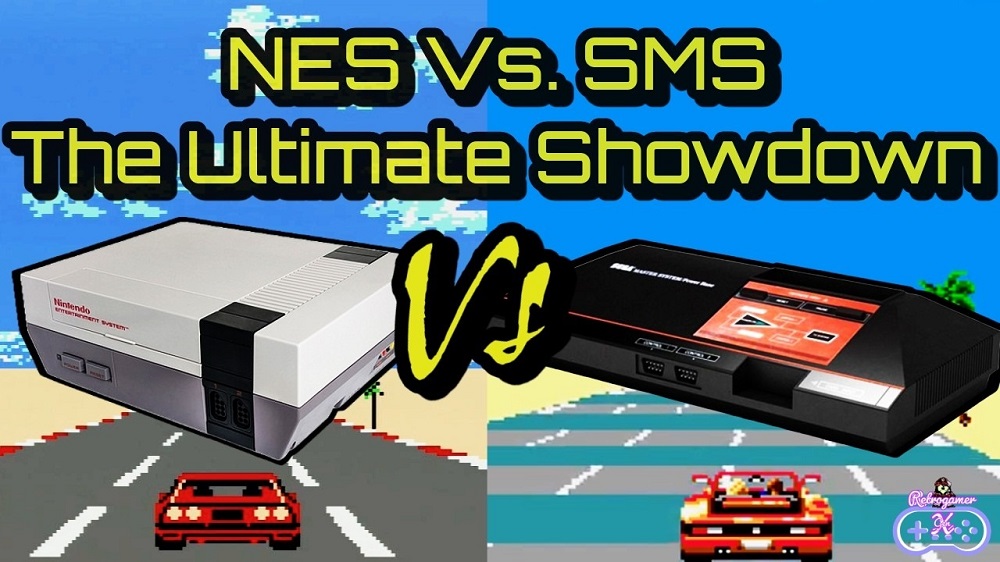
From a hardware standpoint, the Master System was objectively more powerful than the NES:
| Feature | NES | Sega Master System |
|---|---|---|
| CPU | Ricoh 2A03 (1.79 MHz) | Zilog Z80 (3.58 MHz) |
| Resolution | 256×240 | 256×192 |
| Colors | 48 (25 on screen) | 64 (32 on screen) |
| Audio | 5 channels | 4 channels + optional FM |
| Storage | ROM Cartridges | Cartridges & Sega Cards |
The Master System could render more vibrant visuals and had the potential for superior sound with its FM chip (though this was mostly available in Japan).
Despite its edge in specs, power wasn’t everything.
Breaking Through Nintendo’s Monopoly
Nintendo employed exclusivity contracts with third-party developers, making it incredibly difficult for companies to create games for other platforms. This stifled the Master System’s library in North America.
Sega responded by:
- Developing more first-party titles, especially arcade ports like OutRun and Shinobi
- Acquiring licenses like Alex Kidd (their pseudo-mascot before Sonic)
- Building unique peripherals like the SegaScope 3D Glasses, ahead of its time
In Europe and Brazil, where Nintendo’s grip was weaker, the Master System flourished, especially under regional distributors like Tec Toy.
Notable Game Titles on the Master System
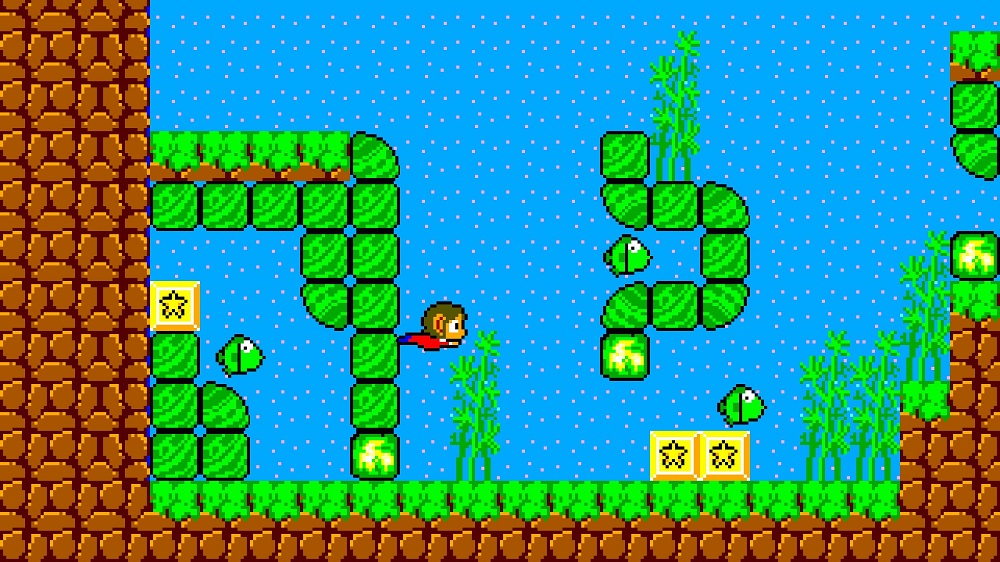
While it lacked the vast library of the NES, the Master System had several standout titles:
- Alex Kidd in Miracle World – Sega’s mascot platformer before Sonic
- Phantasy Star – A groundbreaking RPG with 3D dungeons
- Shinobi – A fast-paced ninja action game
- Wonder Boy III: The Dragon’s Trap – Considered ahead of its time
- Sonic the Hedgehog (8-bit version) – Separate from the Genesis version, this was built for the Master System and Game Gear
These titles demonstrated Sega’s ability to innovate despite limited third-party support.
Marketing Wars: Cool vs. Family Friendly
Nintendo portrayed itself as a family-oriented brand, with colorful characters and G-rated appeal. Sega aimed for the older kid and teen demographic, often portraying Nintendo as childish.
Sega’s US marketing campaign shouted slogans like:
“The Sega Master System: The Challenge Will Always Be There!”
Sega’s edgier branding would later be perfected with the Genesis-era “Sega does what Nintendon’t.” But those seeds were sown with the Master System.
Global Success Despite US Struggles
The Master System struggled in the US, selling approximately 2 million units compared to NES’s 34 million. However, in:
- Europe: The Master System often outsold the NES, particularly in the UK, France, and Spain.
- Brazil: With Tec Toy’s localization efforts, the Master System became a phenomenon and remained in production for decades.
Globally, the Master System sold over 13 million units—a respectable figure considering Nintendo’s dominance.
Legacy of the Master System
Although overshadowed by its successor, the Sega Genesis, the Master System laid the groundwork for Sega’s console strategy:
- Focus on arcade-quality games
- Serve underserved global markets
- Target older audiences
Collectors today admire the Master System’s elegant design, unique cartridges, and niche library. Homebrew developers continue to create new titles and ports.
The Sega Master System didn’t defeat Nintendo in the US—but it challenged them in every way that mattered. It proved there was room for innovation and pushed Nintendo to evolve. Without this rivalry, the console wars of the 16-bit era might never have happened.
For retro gamers today, the Master System is a gem worth rediscovering—a console that stood its ground in the shadow of a giant.
